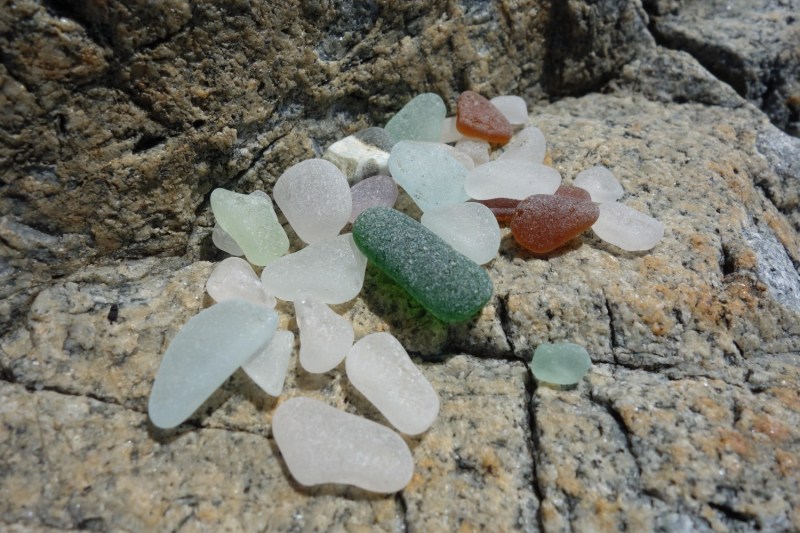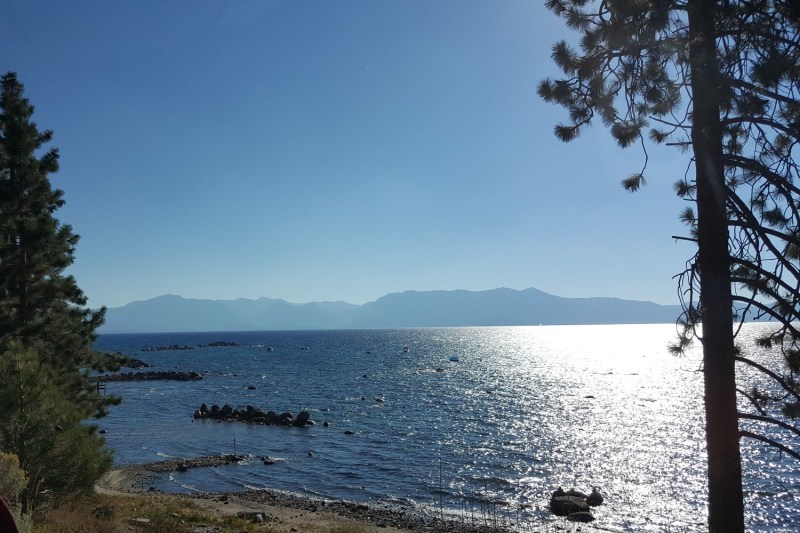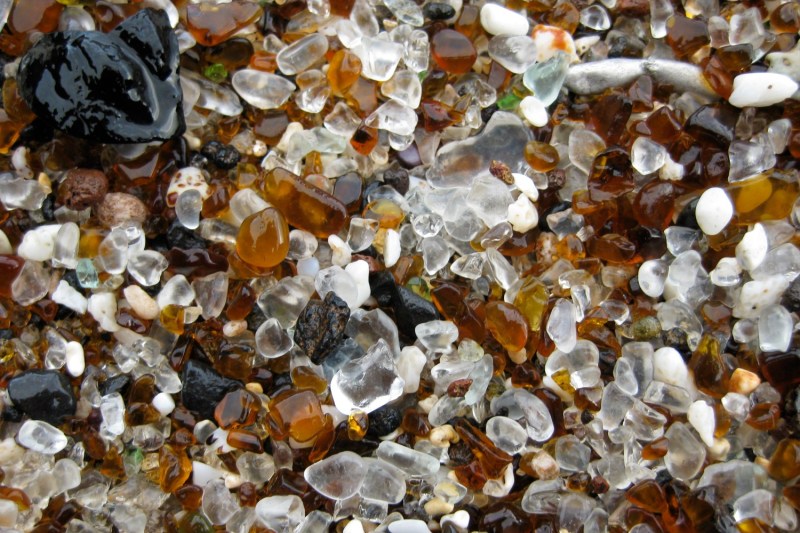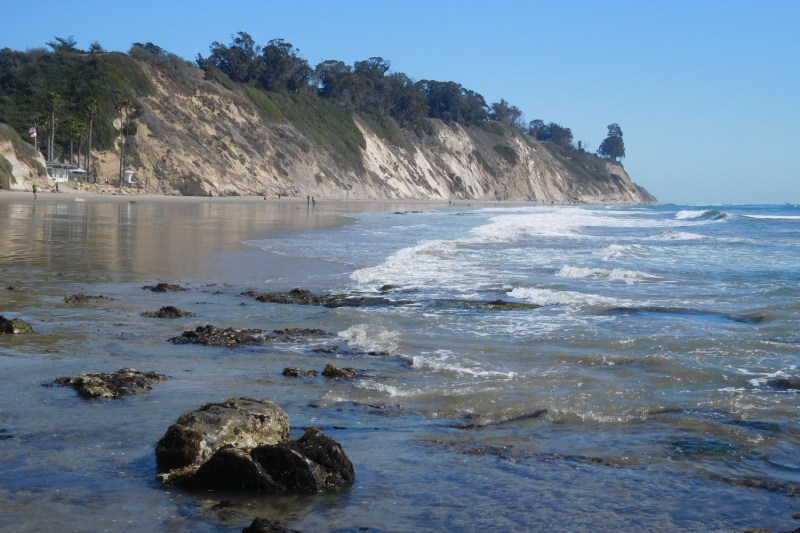Have you ever heard others talk about sea glass, and then wonder to yourself, “What on earth is sea glass?” Today, we’re answering your questions about sea glass — what it is, how it’s made, why it can be rare, and where you can find it. We’ll even clear the air and do away with any confusion over whether sea glass and beach glass are the same thing.
Sea glass may seem mysterious, but today we’re solving the mystery. Let’s dive deep into the ocean, admire these pieces of glass and their remarkable journey, and uncover the marvelous truth behind these illustrious jewels of the sea.
What Is Sea Glass Exactly?

Have you ever wondered what happens to glass bottles, glass shards, glass lenses, and other trash glass that end up in the ocean? Basically, the ocean recycles this glass: It all smooths out over time, thanks to its journey through the waves and its interaction with the sand below, and the abrasiveness of the sand and the salt (of the ocean water) works to give sea glass its frosted look. As all this glass soaks in the salt water and tosses its way through the sand for anywhere from 5 to 50 years, the glass undergoes a metamorphosis and essentially transforms from trash into treasure.
While ocean pollution is a dangerous threat to human health and the ocean’s own ecosystem, the ocean’s special way of naturally recycling trash glass is one way the ocean can heal itself from some of the waste that lands in its waters.
What’s the Difference Between Sea Glass and Beach Glass?

While some glass jewelry enthusiasts use these two terms interchangeably, there’s actually a difference between sea glass and beach glass. Sea glass can only be found in the ocean or on oceanside beaches, whereas beach glass can be found in freshwater lakes and rivers.
Though both sea glass and beach glass are smooth and look quite polished, there is one way to differentiate the two types of glass. Since sea glass comes from the ocean, it’s more likely to have a frosted look. In contrast, beach glass tends to look shinier and less frosted, as it develops in freshwater that’s less salty.
Why Is Sea Glass So Expensive?

Due to sea glass’s beautiful appearance, it’s become a go-to option for jewelry lovers and other collectors who want to wear something a little different. Since glass isn’t as heavily used for bottles, jars, and other packaging that might end up in the ocean, sea glass has become rarer. In turn, authentic sea glass has become more expensive over the years.
Since beverage bottles typically come in clear, green, and brown colors, white, forest green, and brown are the most common colors of sea glass that beachcombers find (if they can find any). Since glass objects in colors like maroon, orange, yellow, turquoise, and cobalt blue aren’t all that common anymore, these colors of sea glass tend to be even rarer and even more expensive.
Where Can We Find Sea Glass?

Theoretically, sea glass can be found at oceanside beaches around the world. But if you want to improve your chances of actually finding some, there are a handful of hot spots where travelers love to visit to search for sea glass while enjoying the coastal scenery.
In the U.S., the California towns of Fort Bragg (about 172 miles north of San Francisco), Davenport (about 67 miles south of San Francisco), and Summerland (about 90 miles northwest of Los Angeles) are known for their relative abundance of sea glass. Beyond California, the beaches of Fort Townsend (Washington state), Quincy (Massachusetts), The Hamptons (New York), and Kauai (Hawaii) are known for their beautiful sea glass. Internationally, Bermuda’s Ireland Island, The Bahamas’ Abaco Islands, the U.K.’s Seaham, and Japan’s Okinawa are also highly regarded for their sea glass.
We hope you’ve appreciated our exploration of the wonderful world of sea glass, and maybe this inspires you to engage in your own environmentally sustainable exploration of these fine beaches and other coastal treasures around the world. For more ideas on exploring the greatest waterfront outdoors, take a look at our favorite hiking spots across Hawaii, our guide to Big Sur’s finest natural wonders, and our ultimate beach vacation packing list. Farewell, and happy travels.
Editors' Recommendations
- Here’s why you need to take trekking poles on the trail
- 5 great reasons why you should go to your favorite ski resort this summer
- Find your partner in adventure: TINCUP and Jesse Palmer want you to rethink date night
- Brand profile: Mountain Gazette is the biggest little magazine you don’t know you love (yet)
- Here’s everything you need to pack for a trip to Yellowstone National Park




